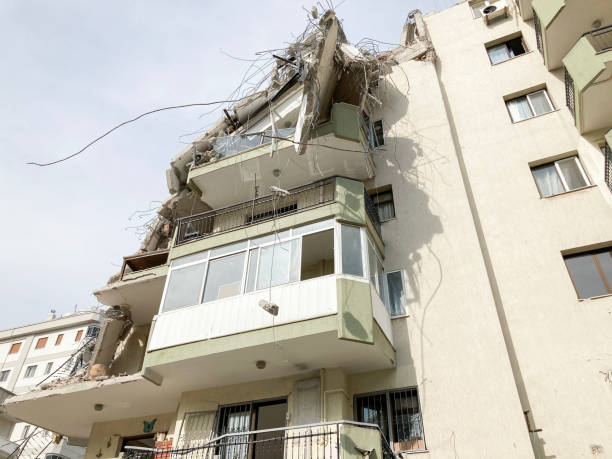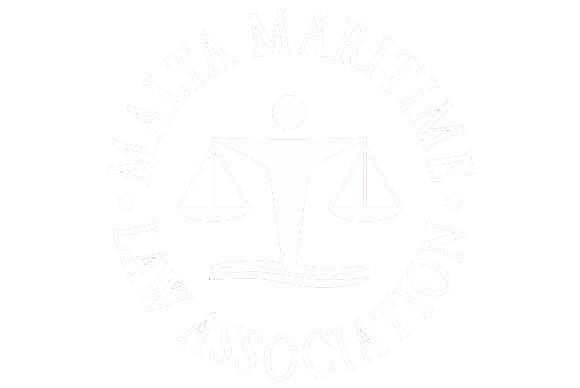In Mary Buttigieg et -vs- John Polidano et delivered on 27 May, 2016, the Court of Appeal overturned the decision of the First Hall of the Civil Court and held that when damages are caused to an adjacent tenement due to demolition works, then the contractor, the architect and the owner of the tenement in which works are being carried out are to be held jointly and severally liable.
The incident in question took place on 15 February, 1995, when the plaintiff’s tenement collapsed and extensive damages were caused to the furniture and various other objects placed in the building, which were almost completely destroyed. As a result, Buttigieg was deprived of the right to use her own property.
The Court never questioned the liability of the contractor. From the reports of the technical expert it was clearly proven that from a prior inspection carried out on the tenements in question, concerns were immediately raised as to the stability and strength of the plaintiff’s property.
This meant that when carrying out the works the contractor had to be more diligent, taking the necessary precautions so as to ensure that no damages were caused through the demolition of the adjacent tenement. During the proceedings before the First Hall of the Civil Court it had also been proven that when carrying out the works, Engineer Polidano did not inform Architect Carmel Busuttil of the commencement of the works.
This meant that the latter was unable to give proper instructions and directions as to how to proceed with the works in case of any arising issues. Furthermore, Polidano also failed to properly follow the instructions already given by Busuttil in light of the prior inspection, thus leading to the collapse of the plaintiff’s tenement.
Polidano’s failure to inform the architect of such works meant that he took on himself the responsibility for any damages caused, thus leading the First Hall of the Civil Court to hold him solely liable for negligence, carelessness, imprudence, want of attention and lack of compliance with the regulations. The main question brought before the Court of Appeal was whether it was right to hold the contractor solely responsible for his actions or whether he should be held liable together with the engineer employed by him and/or the owner of the tenement in which the works were being carried out.
The Court made reference to various cases in order to resolve the question. In fact, although in Perit Alexander Bezzina et -vs- Joseph Mizzi noe delivered on 3 October, 2003, it was held that “xogħol ta’ perit huwa ta’ pariri u superviżjoni, iżda mhux hu li effettivament iwettaq ix-xogħol; ta’ dan huwa responsabbli l-kuntrattur” (an architect’s duty is to advise and supervise, but it is not he who effectively carries out the work, for this the contractor is responsible), and that the engineer is still responsible for ensuring that the directions and instructions given by him are effectively followed. It was not enough for the architect to be present during the inspection of the tenements in question, but rather he had a duty to check up on the work being carried out.
In Tarcisio Sultana -vs- il-Perit Carm Lino Spiteri et, the Court explained that although the phrase used in paragraph 10 of Schedule K, Chapter 12 of the Laws of Malta, makes it clear that the architect does not have to be present at all times at the place where the works are being carried out, they are expected to carry out supervision so as to ensure that the works are being carried out well and in terms of the contract concluded between them, without any substantial changes made to the said contract or to the approved design. An architect should not give out instructions and then wait to be called on site, he is obliged to follow up the works and, if needed, go to the place himself so as to ensure that his instructions are being followed.
In fact, in Marianna Cini pro et noe -vs- Paolo Galea et decided on 27 October, 1958, the Court held that an architect is to use the diligence necessary in the execution of the buildings so as to ensure that nothing causes damage or danger. It is his responsibility to make sure that the builders who will be executing his instructions are licensed and even if licensed, he has to instruct them himself and observe the work carried out. It is not enough for the architect to inquire as to what the builder is doing and he cannot simply rely on what the builder tells him but he must also personally and directly ascertain what is going on and is responsible for any damages arising in the case of negligent conduct on his part.
Likewise, the plaintiffs also argued that the owner of the project, that is, the Housing Authority, was similarly responsible of following up the work conducted so as to make sure that this was being effectively carried out and that no damage was being caused to the property of the neighbouring tenement, especially after the inspection established a clear risk of damages arising.
This responsibility is first and foremost imposed by Article 1033, in that whenever any person, with or without intent to injure, voluntarily or through negligence, imprudence, or want of attention, is guilty of any act or omission constituting a breach of the duty imposed by law, shall be liable for any damage resulting therefrom.
Furthermore, the principle of culpa in eligendo espoused in Article 1037 of the Civil Code implies that the owner of the tenement may not escape liability by holding the contractor liable instead of him. In fact, Gauci -vs- Water Services Corporation explains that where a person for any work or service whatsoever employs another person who is incompetent, or whom he has not reasonable grounds to consider competent, he shall be liable for any damage, which such other person may, through incompetence in the performance of such work or service, cause to others.
The Court observed that the tender issued by the director included a number of conditions, obliging the contractor to take all the necessary precautions so as to make sure that the property is safe. The contractor had to make good for any damages caused on the governmental property or that of a third party. However, the Court retained that this contract is res inter alios acta. This means that although the payment for the damages caused may be settled internally between the employer and the employee, they are to be held jointly and severally responsible in relation to the victim suffering damages, despite the conditions outlined in such contract.
As per Gwakkin sive Gino Grech -vs- Annette Rizzo et, the Court also held that since the damages could not be attributed to a particular defendant, the defendants were to be held responsible in solidum in terms of Article 1050 of the Civil Code.
Av. Malcolm Mifsud
Partner
Mifsud & Mifsud Advocates
This article can be accessed on Malta Today.
For more information you can contact one of our Team Members at Mifsud & Mifsud Advocates.











